
Hair growth occurs in phases: anagen (growth), catagen (transition), telogen (resting), and exogen (shedding). At any time, each strand of hair can be at a different stage. As the cycle repeats, new hair replaces hair that has shed. However, disruptions can lengthen the resting phase or shorten the growth phase, causing thinning or patchy bald spots.
Certain lifestyle factors (such as nutrition, stress, and the use of specific medications) may speed up or contribute to these disruptions. When normal regrowth slows or halts, it can lead to more noticeable hair loss. Recognizing how this cycle works and why it might be disrupted is an important step in choosing the best hair loss treatments for restoring fullness.

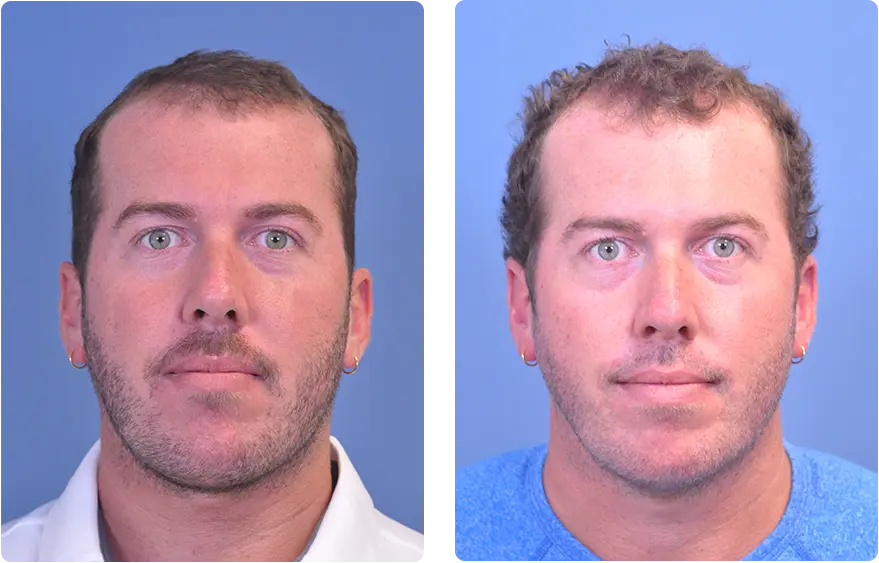


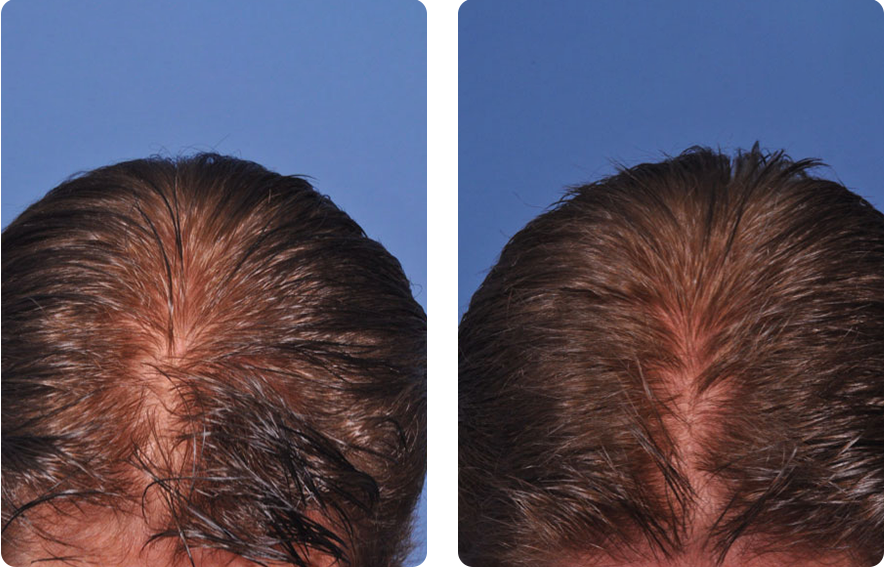
Like any medical procedure, hair loss surgery carries potential risks, although serious complications are infrequent when performed by a qualified surgeon like Dr. Fedok. Possible side effects may include:
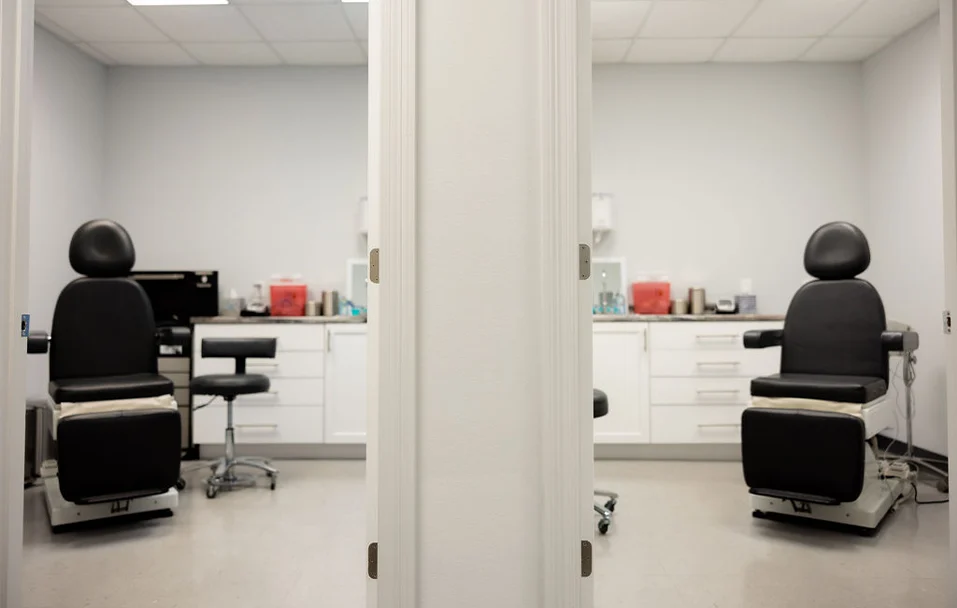
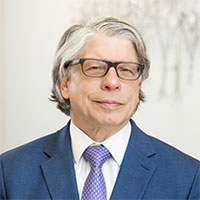
By Dr. Fedok, a well-respected and widely published double board-certified plastic surgeon whose before and after gallery, RealSelf and Google Reviews reflect his trusted expertise.
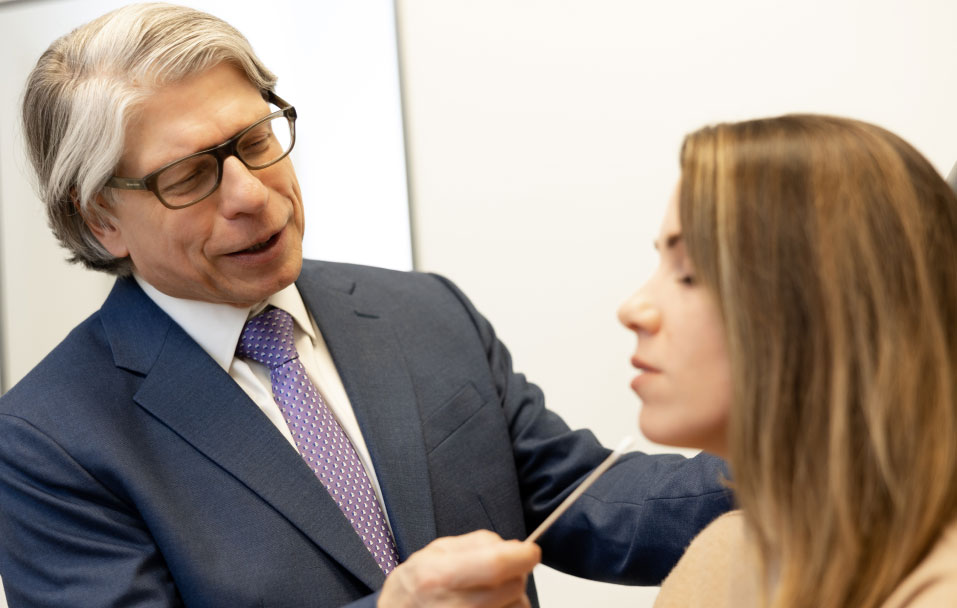
Dr. Fedok may advise you to stop certain medications (like blood thinners or aspirin) and supplements before hair loss surgery. You will likely need to avoid smoking and alcohol for a period before and after. Specific pre-op instructions will be provided based on your chosen treatment.
For hair transplant procedures like NeoGraft®, the transplanted follicles are taken from areas resistant to balding and typically retain this characteristic, making the results very long-lasting, often considered permanent. However, native hair in untreated areas may continue to thin over time. Treatments like PRPFM and Alma TED often require maintenance sessions to sustain results, as they work to stimulate existing follicles rather than replace them.